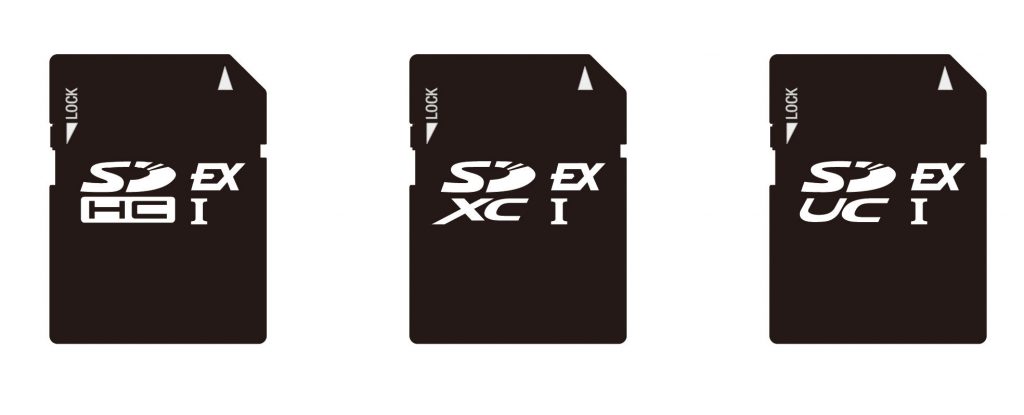
The SD Association, the group that sets criteria for memory cards, has recently announced the SD 8.0 Specification for SD Express memory cards that will allow the card to transfer data at nearly 4 gigabytes per second (GB/s) using the popular PCI Express (PCIe) 4.0 specification.
The SD Express gigabyte speeds bring new storage opportunities for devices with demanding performance levels, across a variety of industries. The cards can move large amounts of data generated by data-intense wireless or wired communication, super-slow-motion video, RAW continuous burst mode, and 8K video capture and playback and many more. It’s worth mentioning that, SD Express will be offered on SDHC, SDXC, and SDUC memory cards.
Moving on, the SD Express uses the well-known PCIe 4.0 specification and the latest NVMe specification (up to version 1.4) defined by PCI-SIG and NVM Express, respectively. As always SD Express memory cards using SD 8.0 specification maintain backward compatibility.
Talking about the specification, the SD 8.0 provides two transfer speed options for SD Express memory cards. The two transfer speeds are accomplished by supporting either PCIe 3.0 x2 or PCIe 4.0 x1 architectures with up to 2GB/s and with PCIe 4.0 x2 technology with up to 4GB/s.
The SD Express cards offering PCIe 4.0 x1 architecture use the same form factor as defined for SD 7.0 specification cards with the second row of pins to deliver transfer speeds up to 2 GB/s. SD Express cards supporting dual PCIe lanes (PCIe 3.0 x2 or PCIe 4.0 x2 technologies) have three rows of pins.
Mats Larsson, Senior Market Analyst at Futuresource:
SD Express’ use of even faster PCIe and NVMe architectures to deliver faster transfer speeds creates more opportunities for devices to use SD memory cards. SD Express’ use of even faster PCIe and NVMe architectures to deliver faster transfer speeds creates more opportunities for devices to use SD memory cards.
